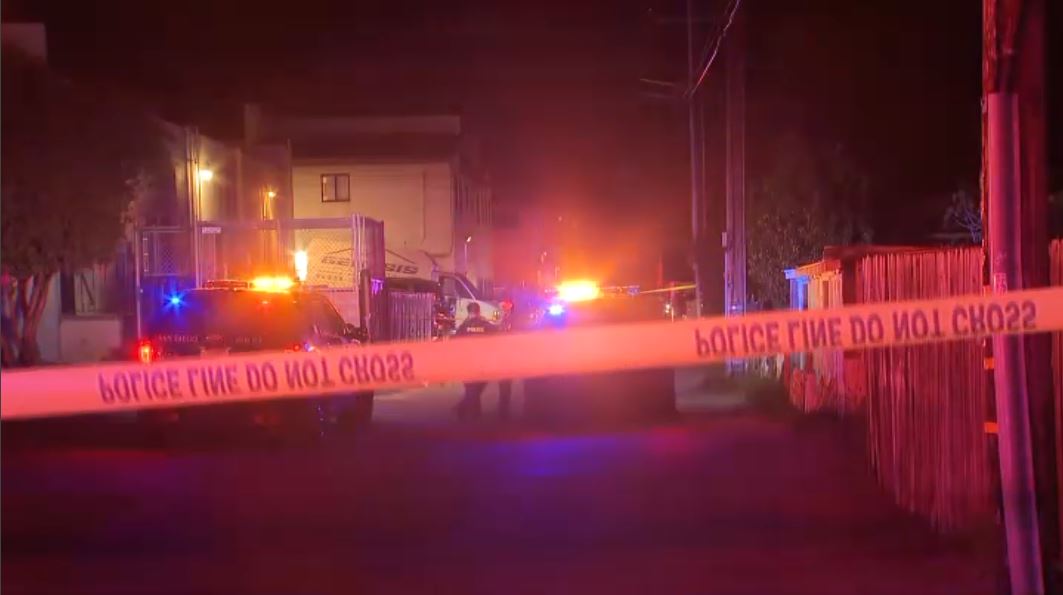The FAA has released the latest number of aircraft-drone encounters around the country, and San Diego has had more than its fair share. NBC 7’s Dave Summers reports, and speaks with a local drone maker.
The Federal Aviation Administration (FAA) released a new list Friday evening of pilot, air traffic and citizen reports of drone encounters with aircraft across the U.S., and San Diego landed on the list with its own fair share of incidents.
The reports on the FAA’s list span from Nov. 13, 2014, to Aug. 20, 2015.
The list shows 17 aircraft-drone encounters reported in San Diego – the most recent reported on July 25. The list shows two more reported earlier in July, and then several throughout the months of February and June of this year. The FAA’s survey also shows 56 close aircraft-drone encounters in Los Angeles.
The FAA said that because reports of the unmanned aircraft have increased dramatically over the past year, the agency “wants to send a clear message that operating drones around airplanes and helicopters is dangerous and illegal.”

Unauthorized operators of drones could face criminal charges, stiff fines and even jail time, the FAA said.
Currently, drones like radio-controlled aircraft are restricted to an altitude of 400-feet, unless otherwise certified by the FAA.
San Diego-based drone manufacturer Terry Tower told NBC 7 the reported aircraft-drone incidents are extremely worrisome, not to mention dangerous.
Local
“That’s – that’s, that’s scary,” Tower said.
The drone manufacturer doesn’t have a stammer – he’s just at a loss for words looking at the FAA list.
He told NBC 7 he was particularly astonished to see one reported encounter over San Diego last February in which a drone was spotted flying within 100 feet of an airplane.
“Neither one of them would have been able to take evasive action,” he said. “This one was saying that it was around 2,000 feet while they were on final. A jet can’t maneuver – pretty much – on final.”
Some of the local drone sightings were observed at more than 2,700 feet.
This, too, is concerning for head technician Anthony Michael Stephens of the San Diego-based drone service and repair business, EZ Drone.
“If a bird can take out an airplane, any of these things with carbon fiber, hardened plastics, metal can definitely take out a turbine,” Stephens told NBC 7.
Stephens said drones are safer equipped with geo-fence technology, which limits a drone’s range.
Some legislators want to require geo-fence installed in all drones by this fall. The software, however, can easily be disabled and is not foolproof.
“A drone doesn't have any sort of collision avoidance. It depends on an operator to know what is ahead of it and in front of it,” Tower explained.
Unmanned aircraft operation requires a safety-conscious operator. These FAA statistics, however, may indicate common sense has not yet caught up with technology.
Meanwhile, earlier this week, lawmakers in Sacramento discussed a proposal to ban drones near emergency situations like wildfires following multiple incidents around California where aircraft had to be grounded during firefighting efforts because drones were spotted in the airspace.
If that law passes, it could mean fines of up to $1,000 and possible jail time for anyone who interferes with first responders. The law would not affect public places where there is no emergency, however.
Earlier this month, a Carlsbad man spent one night in jail for allegedly damaging a drone that he felt was flying too close to a San Diego County beach filled with people. Though initially charged with vandalism, the charges were dropped against the man in just one of the latest battles over when and where drones should be allowed to fly.



